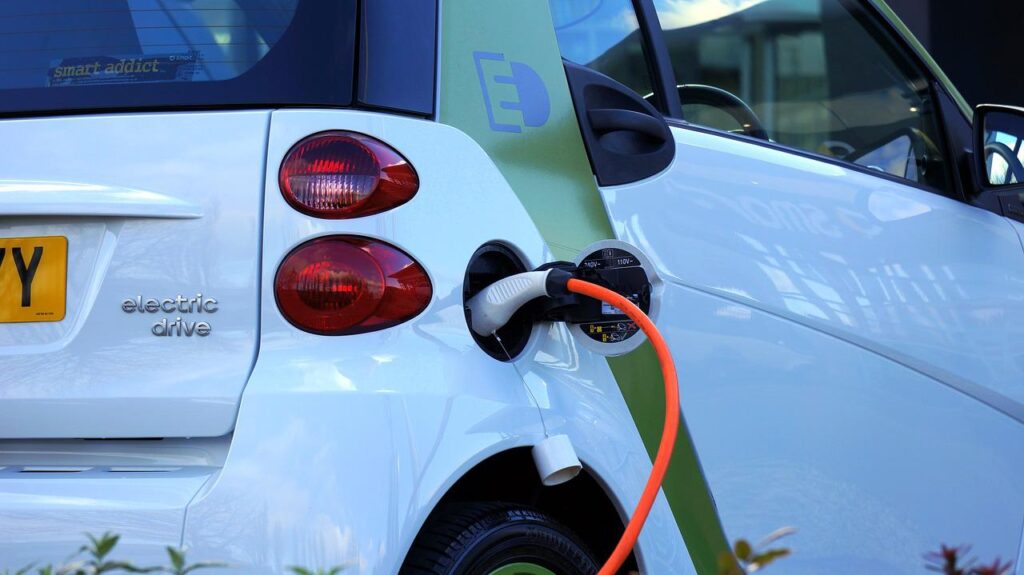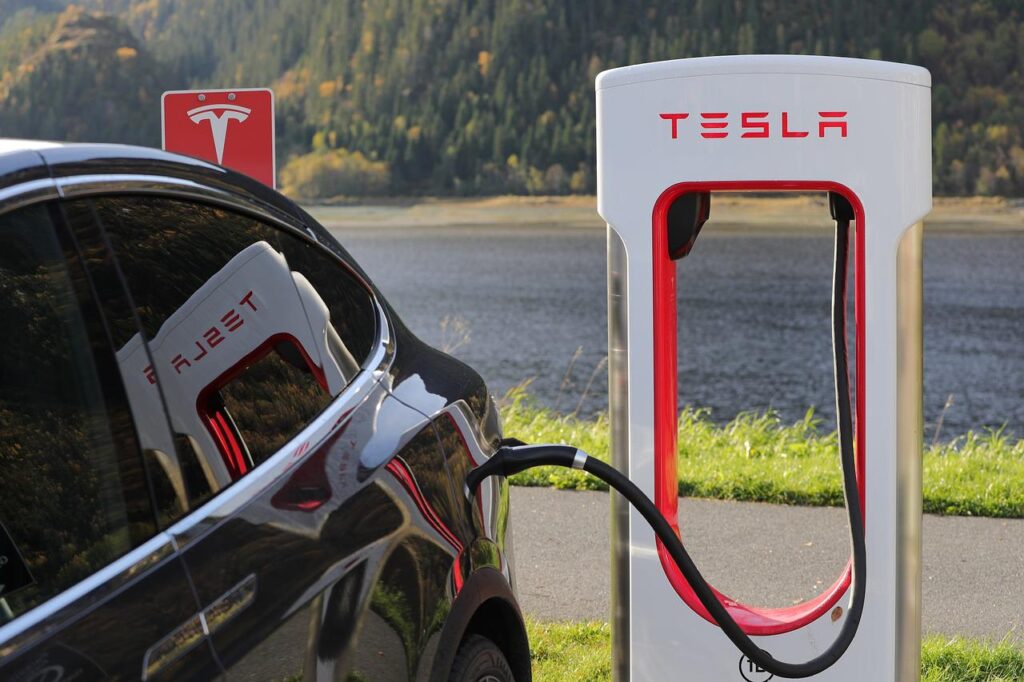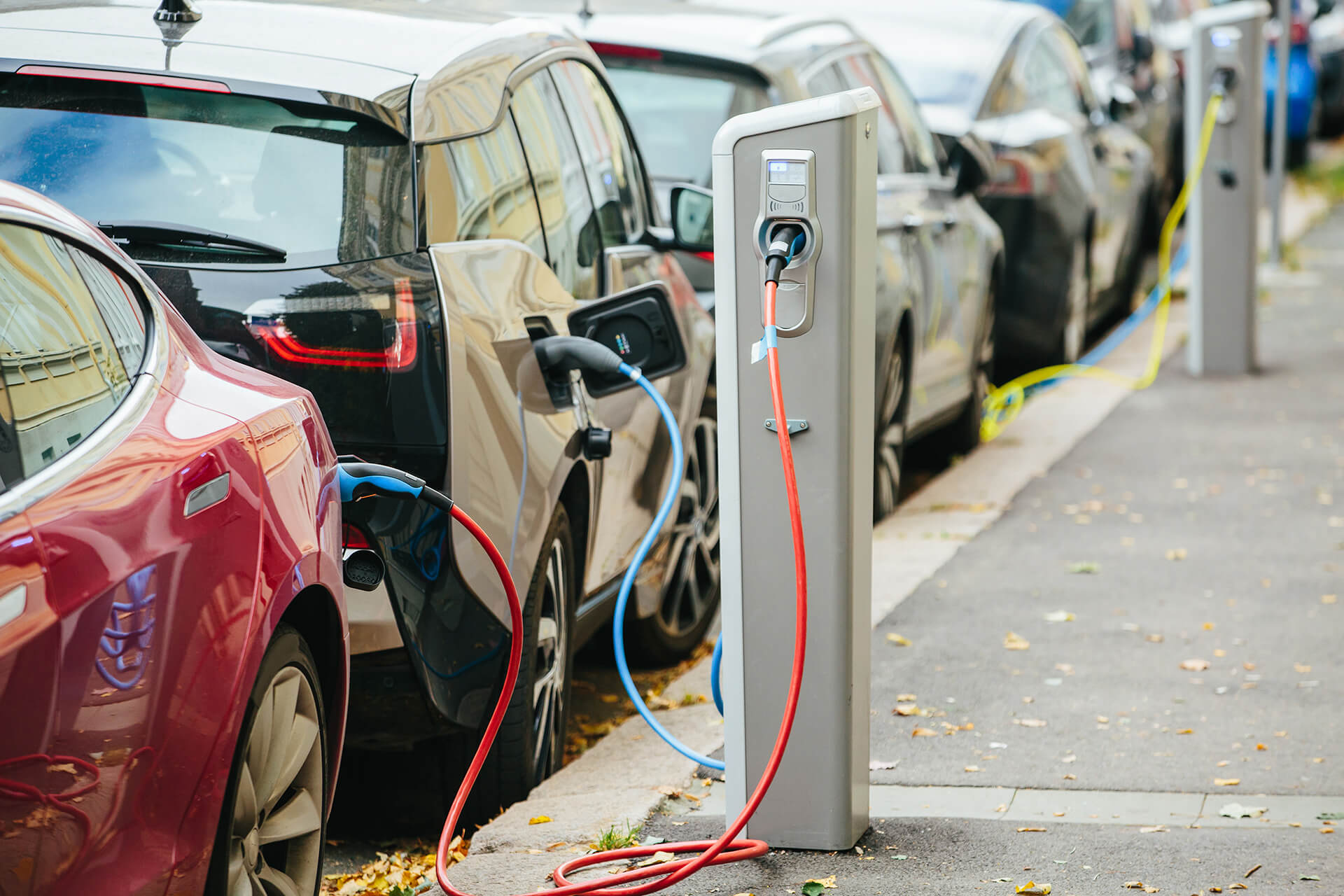Though many industry leaders are making predictions and anticipating a bright future for the industry, the current state of EVs is complex. While the model 3 Tesla snagged over 325,000 pre-orders before launch, the total number of EVs on the road in 2022 is a small 2 million. While price remains a major factor in these small numbers, the real bottleneck to the industry is the EV’s charging capabilities.
Though electric vehicles can travel over 200 miles on a full charge for only $6, common access to pitstop charging stations remains limited. Additionally, charging takes time, ranging from 30 minutes to 48 hours for a full charge. This is why the future of EVs hinges on more accessible and user-friendly charging capabilities.
Here are our predictions for the future of the EV charging industry and what we would like to see in the next decade of upgrades.

Apartment Complex Charging
Though electric cars are popular in densely populated areas like cities, most modern charging ports aren’t made for EV charging in an apartment complex. This means owners have to rely on gas station chargers or communal chargers to work. With over 80% of most charging happening at home, the lack of an apartment-based charger is a struggle for many.
The solution comes in two parts: building infrastructure and communal ports. Existing apartment buildings will need to be rewired according to their energy grid. It’s also likely some sections of the complex will need rebuilding to accommodate and support EV charging. Yet, new complexes can be built with the charging hub in mind and eliminate this problem.
A communal port will allow cars in the multi-use residential buildings to charge, so long as there’s enough space. This can be attractive to apartment owners thanks to automated billing features, app connectivity, monitoring, and much more. Applicable for apartments in any area, rural or cityscape, the move to communal apartment charging ports is promising for new buildings.
Unified Charging Network
Have you ever tried to charge your phone at a friend’s house only to find that their charger doesn’t fit your phone? Now, imagine that issue with an electric vehicle.
A majority of the current charging stations available in the US are Tesla-owned. While Tesla cars are the most popular models on the market, they’re not the only EV manufacturer. Toyota ranks number 2 in EV production, but will remain number 2 so long as charging remains exclusive.
Tesla chargers don’t work on anything but Tesla. This means non-Tesla EVs are out of luck for charging outside their home. This makes the current EV charging network unreliable at best and inoperable at worst.
As EVs become more popular, it increases the likelihood of cross-manufacturer charging and port adaptors. Much like Diesel and Regular exist at the pump, we could soon see Tesla and Other at local charging stations. The move to multi-manufacturer charges is essential for the growth and accessibility of the EV industry, and we look forward to seeing it.
Growth in Charging Station Locations
Though the current map of charging stations in the US and Canada seems extensive, it’s hard to ignore the large gaps between ports. The space between the indicators can be counties or even states apart. Additionally, states with less population density, like Montana and South Dakota, showcase a limited number of charging stations.
As the EV industry grows, so will the green on the map. A charging port at every gas station may seem impossible, but it could be a reality in the next ten to twenty years. A larger charging network will increase the overall distance an EV can go, potentially taking you across the US without ever lacking a charging stop.
Faster Charging
Time is money, and not everyone has 30 minutes to spare on an EV turbo charge. A regular gas station fill-up is completed in minutes, whereas a full EV charge can take two days to fill if you’re running on empty. The current state of charging is inefficient and can keep potential buyers away from the market.
With upgrades and innovations in EV batteries, we will likely see charging time dramatically reduced. More powerful charges could change a half-hour turbo charge to only a few minutes. With charging times rivaling the speed of fuel fill-up, consumers may be more inclined to purchase an EV.
Updated MPH Capacity
The highest quality battery currently on the market can deliver an average of 200 miles per full charge or 4 hours of driving. This capacity is suitable for cities and suburbs, where charging stations are easy to access. Yet the limited mileage capacity makes long-term road trips or travel a challenge.
Batteries that can store bigger charges longer are the future of charging. The newest EV models have already seen progress in battery strength and capacity. Every new generation increases the capacity for longer and more powerful charges.
We will likely see updated capacities sooner rather than later at the EV industry’s current growth rate. The future may even bring a battery charge that rivals fuel-powered vehicles.

Wrap Up
The key to the future of EV charging isn’t just one update but the combination of all five innovations. Together , they turn EVs into efficient and reliable forms of transportation, no longer reliant on overnight charging and weak batteries. When we may see this development is anyone’s guess, but the current growth of the EV industry promises a decade busy with upgrades.
The views expressed in this article are the author’s own and do not necessarily reflect Fair Observer’s editorial policy.
Support Fair Observer
We rely on your support for our independence, diversity and quality.
For more than 10 years, Fair Observer has been free, fair and independent. No billionaire owns us, no advertisers control us. We are a reader-supported nonprofit. Unlike many other publications, we keep our content free for readers regardless of where they live or whether they can afford to pay. We have no paywalls and no ads.
In the post-truth era of fake news, echo chambers and filter bubbles, we publish a plurality of perspectives from around the world. Anyone can publish with us, but everyone goes through a rigorous editorial process. So, you get fact-checked, well-reasoned content instead of noise.
We publish 2,500+ voices from 90+ countries. We also conduct education and training programs
on subjects ranging from digital media and journalism to writing and critical thinking. This
doesn’t come cheap. Servers, editors, trainers and web developers cost
money.
Please consider supporting us on a regular basis as a recurring donor or a
sustaining member.
Will you support FO’s journalism?
We rely on your support for our independence, diversity and quality.





Comment